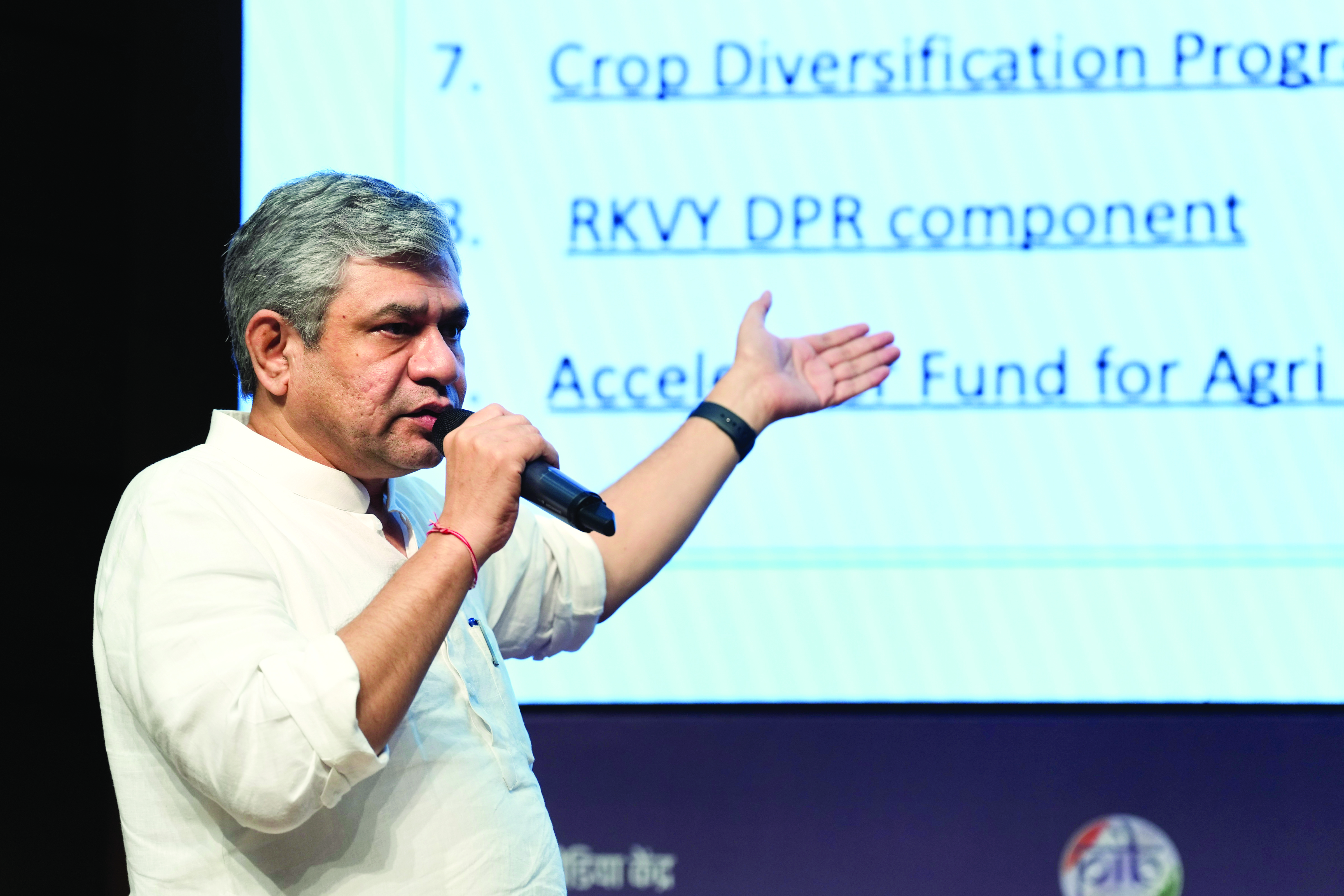Union Cabinet grants classical language status to Marathi, Pali, Prakrit, Assamese and Bengali

New Delhi: The Union Cabinet on Thursday approved conferring the prestigious classical language status to Marathi, Pali, Prakrit, Assamese, and Bengali. The decision was made during a Cabinet meeting chaired by Prime Minister Narendra Modi.
Information and Broadcasting Minister Ashwini Vaishnaw hailed the move as historic, stating that it aligns with the Modi government’s philosophy of taking pride in India’s rich cultural and linguistic heritage. “This decision reflects our commitment to preserving and celebrating the diversity and historical significance of Indian languages,” he said during a briefing.
The recognition of classical languages underscores their role in safeguarding Bharat’s ancient cultural legacy. These languages are seen as custodians of the nation’s historical milestones and the cultural identity of their respective communities, said the government.
The concept of classical language was first introduced in 2004, when Tamil was granted the status, followed by Sanskrit, Telugu, Kannada, Malayalam, and Odia.
The addition of Marathi, Pali, Prakrit, Assamese, and Bengali brings this list to eleven. The government had been considering a proposal from Maharashtra since 2013 to confer classical language status on Marathi, with a recommendation by the Linguistics Experts Committee (LEC). Similarly, requests from Bihar, Assam, and West Bengal led to the inclusion of Pali, Prakrit, Assamese, and Bengali.
With Assembly elections approaching in Maharashtra, this decision could play a pivotal role in addressing a long-standing demand in the state.
The new status is expected to create employment opportunities in academic and research fields, particularly in language preservation, translation, and digital documentation. The Sahitya Akademi has been appointed as the nodal agency for implementing these changes, ensuring the digitization and preservation of ancient texts for future generations.



